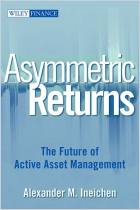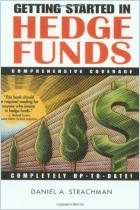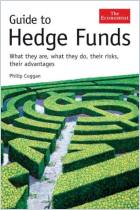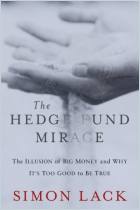
Recommendation
Hedge funds burst into the headlines in the early 1990s, when George Soros became a household name - at least in Europe, where many people blamed him and his hedge fund for wrecking the European exchange rate mechanism. Similarly, a U.S. hedge fund called Long Term Capital Management (LTCM) began with an aura of investing invincibility, only to fail dramatically. Hedge fund investing is sometimes, but not always, high risk and high return. Once limited to a privileged elite group of investors, hedge funds are now opening their rosters to less sophisticated, less wealthy speculators. But hedge funds are not just like any other funds, and anyone contemplating an investment needs a solid, comprehensive guide, such as this book. Author Alexander M. Ineichen, neither a salesman nor an alarmist, pulls no punches when discussing the risks of hedge funds. He is quite straightforward about the sometimes astonishing success of some hedge fund managers, but careful to point out the common misconceptions about them. Without hedging our bets, getAbstract.com finds this book a valuable addition to every investor’s library.
Summary
About the Author
Alexander M. Ineichen, CFA, is Managing Director and Head of Equity Derivatives Research at UBS Warburg in London.





















Comment on this summary or 开始讨论